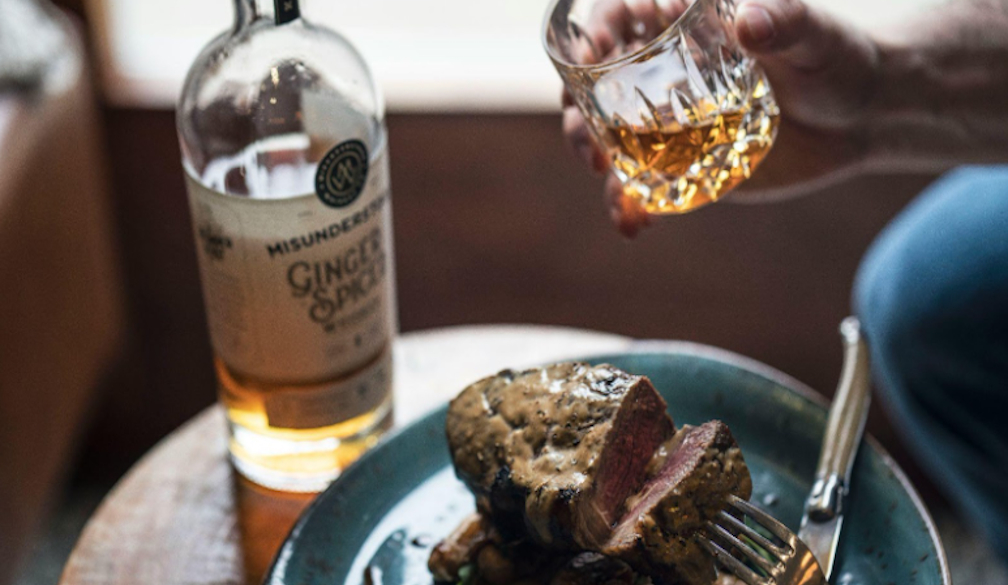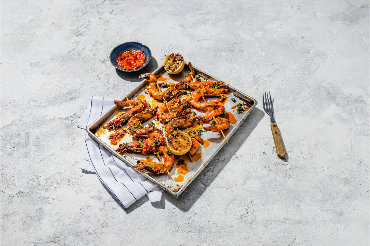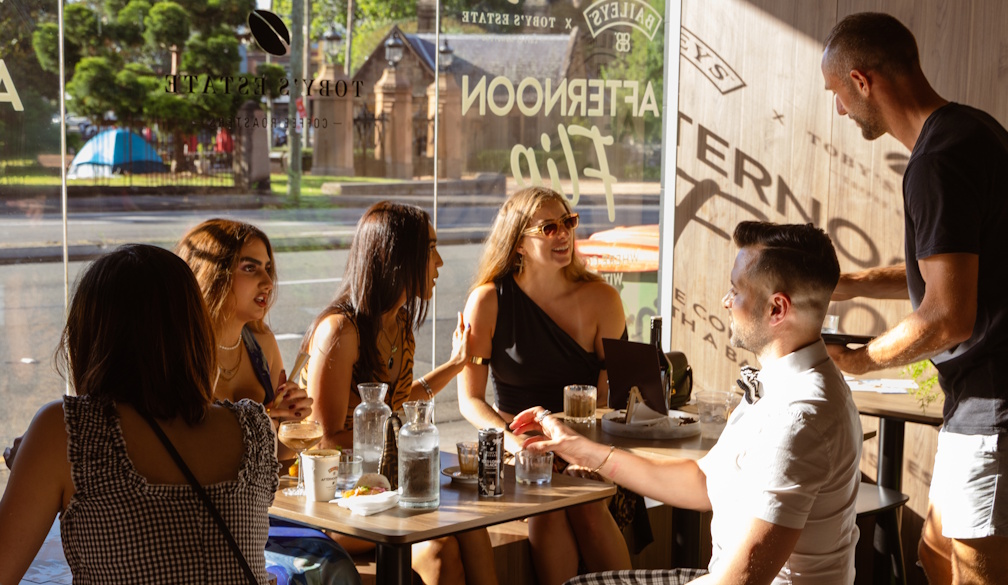Discovering the Unique Flavors of Regional Smoked Meats

Introduction
Exploring smoke houses reveals fascinating traditions across various regions, each with its distinct character and methods. These traditions, deeply ingrained in culture, history, and community, offer insight into the culinary heritage of these regions. From curing techniques to smoking methods, these practices reflect the values and identity of the people who uphold them, showcasing a rich tapestry of culinary diversity. Understanding these smoking traditions provides a unique lens through which to appreciate the depth and complexity of global culinary cultures, offering a glimpse into the soul of each community.
New Orleans and Cajun Smoking Traditions
New Orleans has greatly impacted smoking traditions, especially in the area of Cajun cuisine. Smoking meats is viewed as an art in Cajun cooking where flavors are combined to give rise to special dishes that can only be found here. In gumbo and jambalaya for example, smoking methods such as applying pecan or oak wood bring out characteristic tastes. These methods are culturally important, showing a combination of African, French and Creole impacts that make up the culinary character of New Orleans. The smoking traditions in this place highlight the importance of preserving history and heritage through food.
Texas Barbecue
Texas barbecue culture runs deep, reflecting the state's rich history and diverse culinary influences. Smoking techniques and wood preferences play a significant role in shaping the distinctive flavor of Texas barbecue. Mesquite wood is a popular choice due to its strong, smoky flavor, but oak and pecan are also commonly used. Brisket holds a place of honor among iconic Texas barbecue dishes, with a history dating back to German and Czech immigrants who settled in the region. Other favorites include ribs, sausage, and beef ribs, each with its own unique preparation method and flavor profile. Barbecue isn't just about food in Texas; it's a social affair. Texans gather for barbecue at family reunions, sporting events, and celebrations, fostering community and camaraderie over shared meals cooked low and slow.
Carolina Style: Pork, Vinegar, and Tradition
Carolina barbecue has two distinct styles: Eastern and Western. Eastern Carolina barbecue is known for its vinegar-based sauces, while Western Carolina barbecue tends to be sweeter with a tomato-based sauce. The vinegar-based sauces are a hallmark of Carolina barbecue, providing a tangy and acidic contrast to the rich and smoky flavors of the meat. These sauces typically consist of vinegar, spices, and sometimes a hint of sweetness. In addition to the sauces, Carolina barbecue is also known for its regional specialties and side dishes. Eastern Carolina barbecue often includes whole-hog cooking, while Western Carolina barbecue focuses on pork shoulders or ribs. Side dishes like coleslaw, hush puppies, and baked beans complement the main barbecue dishes. Carolina smoking traditions are deeply rooted in the state's history and heritage. Barbecue has been a part of Carolina culture for generations, dating back to colonial times when pigs were a common food source. Smoking meat was a way to preserve it before refrigeration became widespread. Today, Carolina barbecue continues to honor these traditions, preserving the flavors and techniques that have been passed down through the years.
Kansas City: Where Everything Gets Smoked
In Kansas City, the barbecue scene is legendary, drawing in both locals and visitors with its mouth watering offerings. Signature meats like ribs, brisket, and burnt ends take center stage, each with its own unique flavor profile. But what truly sets Kansas City barbecue apart is its sauces. From tangy and sweet to spicy and smoky, there's a sauce to suit every palate.
The influence of diverse cultural backgrounds is evident in Kansas City's smoking traditions. African-American pitmasters brought their techniques and flavors, while European immigrants added their own spin with techniques like smoking and slow-cooking. This melting pot of culinary influences has resulted in a barbecue style that's uniquely Kansas City.
Pacific Northwest
In the Pacific Northwest, smoking food is a longstanding tradition deeply rooted in both culture and environment. Smoked salmon stands out as a cornerstone of regional cuisine, celebrated for its rich flavor and versatility. However, it's not just salmon that gets the smoking treatment here. Other meats like beef, pork, and game, along with a variety of ingredients such as cheeses and vegetables, are also commonly smoked, adding depth to the local culinary landscape.
This tradition of smoking food in the Pacific Northwest is shaped by both environmental and cultural factors. The abundant presence of forests and access to fresh water contribute to the availability of prime smoking materials like cedar and alder wood. Meanwhile, Indigenous peoples have long practiced smoking techniques, passing down knowledge and techniques that have become integral to the region's culinary identity.
Smoked salmon, in particular, holds a special place in the Pacific Northwest's food culture. It's a symbol of connection to the land and sea. The process of smoking salmon, whether it's done traditionally over an open fire or in modern smokehouses, imparts a distinctive flavor that reflects the region's rugged terrain and maritime heritage. It's this blend of tradition, innovation, and respect for nature that makes smoked salmon and other smoked foods an enduring part of the Pacific Northwest's culinary legacy.
Conclusion
In exploring the diverse smoking traditions across regions, it's evident that each locale brings its own unique flavor to the table. From the Cajun influences of New Orleans to the tangy sauces of Carolina barbecue, and the legendary meats and sauces of Kansas City, every tradition reflects a blend of history, culture, and culinary innovation. The Pacific Northwest's reverence for smoked salmon underscores a deep connection to both land and sea, while international smoking techniques offer a global perspective on the art of smoking food. Through these traditions, we not only savor delicious dishes but also preserve heritage and celebrate community. Whether it's a backyard barbecue or a cultural festival, smoking traditions remind us of the rich tapestry of flavors that unite us across borders and generations, making every meal a journey worth savoring.





















